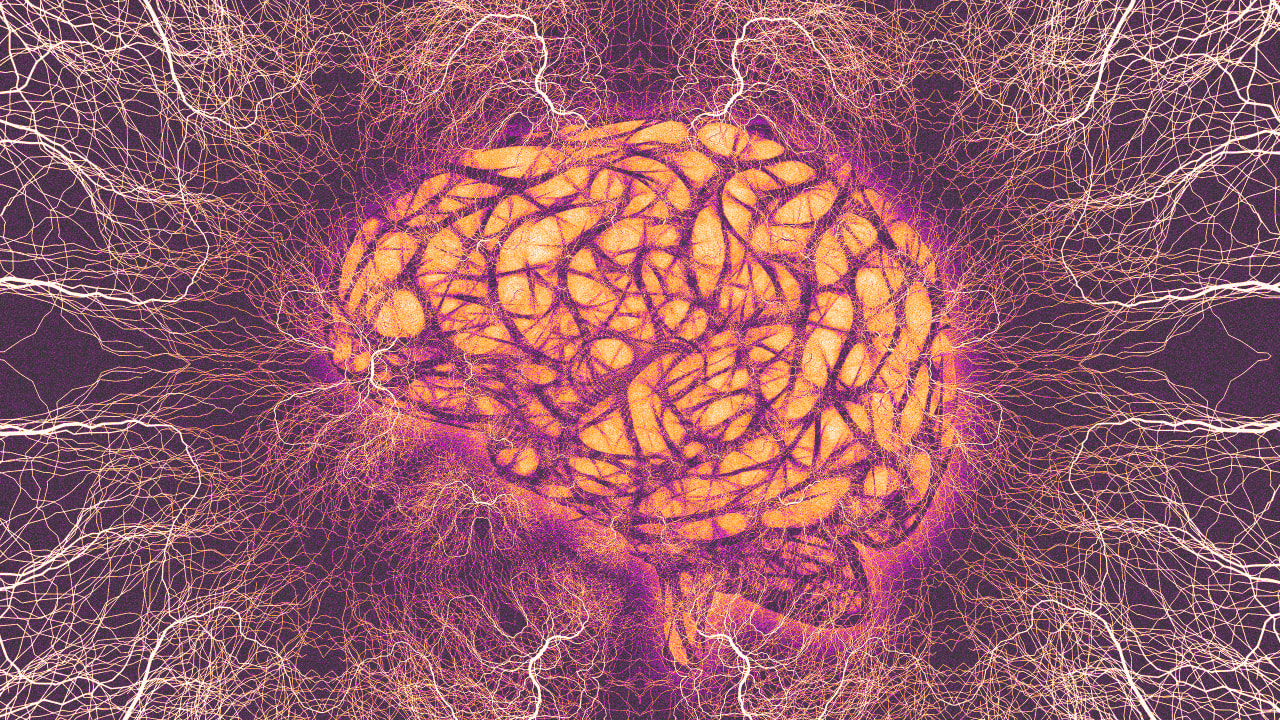How understanding how your brain works can make you a better leader

What if the key to being a better manager isn’t found in a new productivity hack, a different feedback framework, or a time management app—but in understanding the three-pound organ inside your head that runs the show: your brain?
Most leadership advice focuses on what you should do. Neuroscience helps explain why some things work—and why others fail, despite your best intentions. When you manage in ways that are aligned with how the brain naturally operates, you unlock better decision-making, motivation, creativity, and connection.
Here are five ways neuroscience can help you manage smarter.
1. Multitasking Is a Myth: Prioritization is Your Brain’s Superpower
The brain’s prefrontal cortex handles focus, planning, and decision-making. But it’s also highly energy-demanding and sensitive to overload. When you spring last-minute requests on your team, surprise them with new deadlines, or pile on urgent tasks, you’re setting their brains up to fail.
Cognitive overload impairs performance. Each unexpected demand consumes energy needed for prioritizing, problem-solving, and creative thinking. When managers protect their people from chaotic, reactive workflows, they preserve their team’s brainpower. This also builds psychological safety and trust.
Try this: Push back on unnecessary urgency from above. Communicate early and clearly about changes. Create space for people to do their best work, not just keep up.
2. Creativity Needs Space (and Structure)
Leaders often say they want innovation, but fail to create the conditions that allow it. The brain’s creative engine—particularly the default mode network—thrives when we’re relaxed, slightly daydreaming, and free from judgment. Yet most work environments reward hyperproductivity and constant urgency.
Creativity requires a balance of exploration and exploitation. Neuroscience tells us that the best ideas often come when we’re mentally alert and engaged, but not overwhelmed; often when we are focused, interested, and under just the right amount of pressure. Constant pressure to be “brilliant now” can actually inhibit insight.
Try this: Build “white space” into your team’s calendar. Walking meetings, unscheduled thinking time, or even mindfulness minutes. Counterintuitively, making time for your people to actively rest may be your easiest to implement, but most impactful, innovation strategy.
3. Coaching Unlocks Neuroplasticity (and Performance)
If your job is to get the best from your people, you need to stop telling and start coaching. Great managers ask the kinds of questions that rewire their team’s thinking. That’s not a metaphor; it’s neuroscience.
Neuroplasticity is the brain’s ability to change. When people reflect, reframe, or develop insight, they’re literally rewiring their neural pathways. Effective coaching conversations tap into this, activating networks for learning, motivation, and problem-solving. And coaching at the identity level (helping people explore not just what they do but who they are) creates deep, lasting change.
Try this: Next time someone brings you a problem, don’t solve it. Ask: “What have you already tried?” or “What would great look like here?” When you practice this, you’re building your colleague’s brain.
4. Motivation Lives in the Brain’s Reward System
Motivation isn’t magic, and it’s not about free pizza or ping-pong tables. It’s about how well leaders understand the brain’s reward circuits.
Dopamine, the chemical of motivation, spikes when people feel progress, connection, or purpose. In many workplace environments, overuse of rankings, performance comparisons, or conditional bonuses can reduce intrinsic motivation over time. When these tools create pressure or fear of failure, they risk disengagement rather than drive.
Try this: Recognize effort, not just outcomes. Connect tasks to meaningful goals. Give your team autonomy in how they reach targets. These all activate the reward networks and sustain engagement over time.
5. A High-Performing Neural Environment Isn’t Soft. It’s Smart
One of the most misunderstood drivers of high performance is psychological safety. This isn’t about being nice—it’s about creating the neural conditions for people to think clearly, speak up, and take risks.
When people feel unsafe (even subtly), the brain activates the amygdala and the prefrontal cortex has to work harder to emotionally regulate. That means less creativity, lower collaboration, and poorer decision-making. Managers who create cultures of trust and fairness help teams stay in a reward state—and unlock their best thinking.
Try this: Model curiosity. Fail fast. Admit mistakes. Ask more questions. Your vulnerability is a shortcut to their clarity.
Final Thought: Manage Like a Brain-Savvy Human
Understanding how the brain works isn’t just interesting trivia: It’s the blueprint for managing with clarity, creativity, and compassion.
By making small shifts in how you focus, coach, motivate, and create safety, you build better brains—your own, and your team’s.
And when your brain works better, everything else follows.
What's Your Reaction?
 Like
0
Like
0
 Dislike
0
Dislike
0
 Love
0
Love
0
 Funny
0
Funny
0
 Angry
0
Angry
0
 Sad
0
Sad
0
 Wow
0
Wow
0























































![Fire Country Season 4: Max Thieriot Worries Bode Will Be ‘Very Broken’ If [Spoiler] Has in Fact Died — WATCH](https://tvline.com/wp-content/uploads/2025/04/fire-country-vince-dies-season-3-finale.png?#)





































